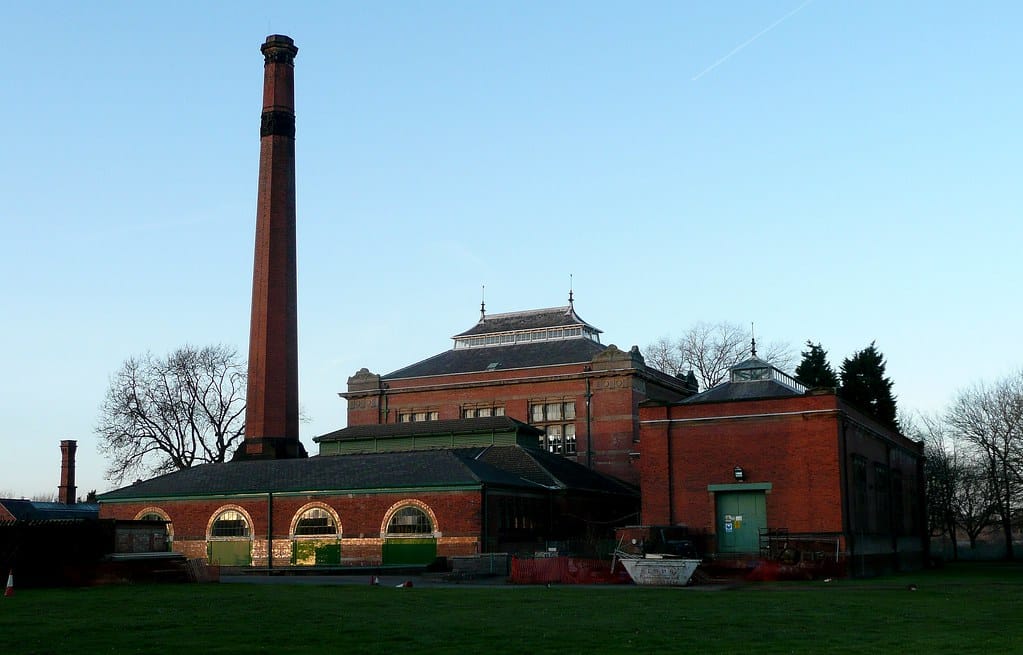
Bahnwelt Darmstadt-Kranichstein traces its origins to 1898, when the Kranichstein marshalling yard was constructed to relieve freight congestion at Darmstadt’s Steubenplatz station. A railway depot was built alongside, complete with a roundhouse and maintenance facilities for wagons and locomotives. This site would later become the foundation for Germany’s first dedicated railway museum.
In 1970, the association Museumsbahn e.V. was founded with the goal of preserving steam-era railway heritage. The group acquired its first locomotive, 98 812, and began operating vintage train services in cooperation with other enthusiasts. By 1976, growing public interest and a growing collection of vehicles led to the formal opening of the Eisenbahnmuseum Darmstadt-Kranichstein, marking a milestone in German railway preservation.
The museum expanded its scope in the 1980s, acquiring additional locomotives and wagons, and launching its own museum railway line from Darmstadt Ost to Bessunger Forsthaus in 1984. This allowed for immersive experiences with historic trains and infrastructure, including telegraph lines and semaphore signals. In 1997, the museum recreated Germany’s first steam tram, the “Fiery Elias,” and began showcasing historic HEAG trams.
Following the closure of the Kranichstein switch yard by Deutsche Bahn in 2002, the museum redefined its mission to preserve the entire depot as an industrial and transport monument. In the 2010s, multiple railway clubs united under the umbrella of Bahnwelt Darmstadt-Kranichstein, expanding the museum’s reach and programming. Events like vehicle parades and border reenactments became popular highlights.
Today, Bahnwelt Darmstadt-Kranichstein houses over 200 historic railway vehicles, including steam, diesel, and electric locomotives, as well as rare wagons and technical exhibits. It remains a vibrant hub for railway enthusiasts, offering guided tours, restoration workshops, and seasonal steam train rides. The museum continues to evolve, with plans to rebuild parts of the locomotive shed and resume regular heritage operations.
This historical summary was generated using AI and draws on publicly available sources including the official Bahnwelt Darmstadt-Kranichstein website, Wikipedia, and regional museum directories.